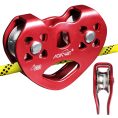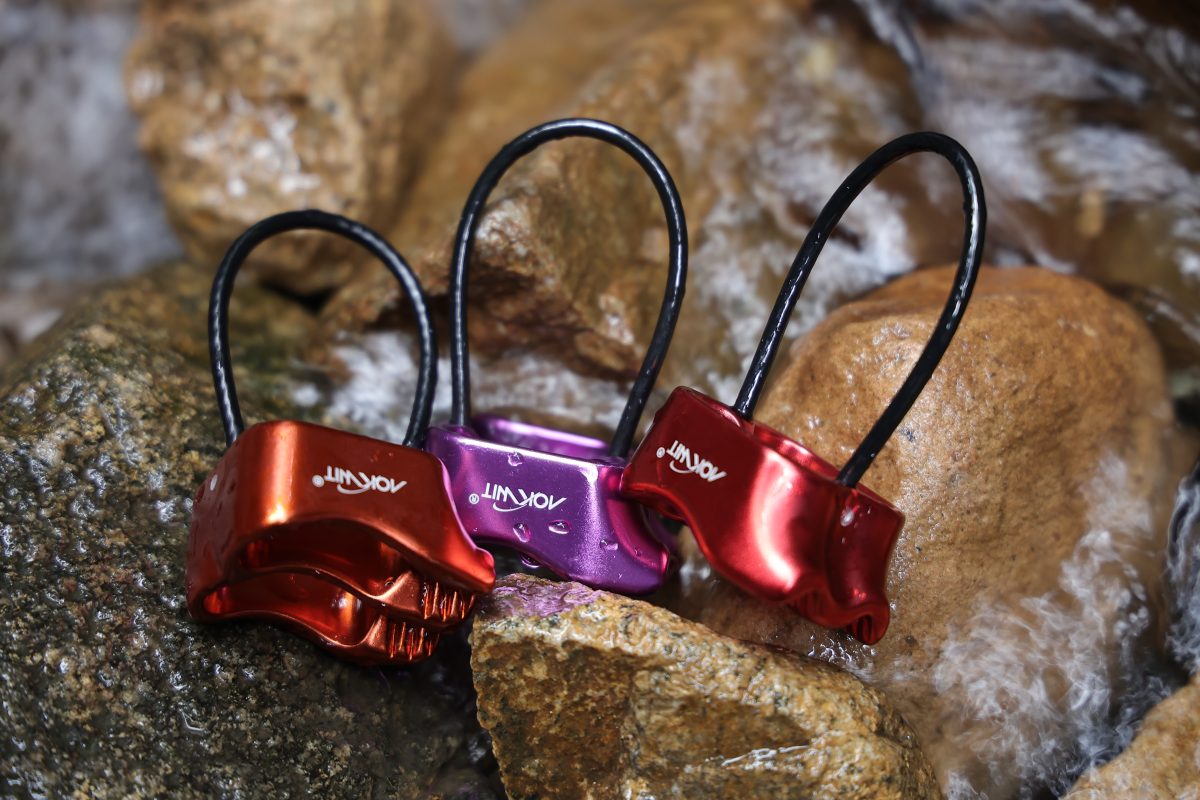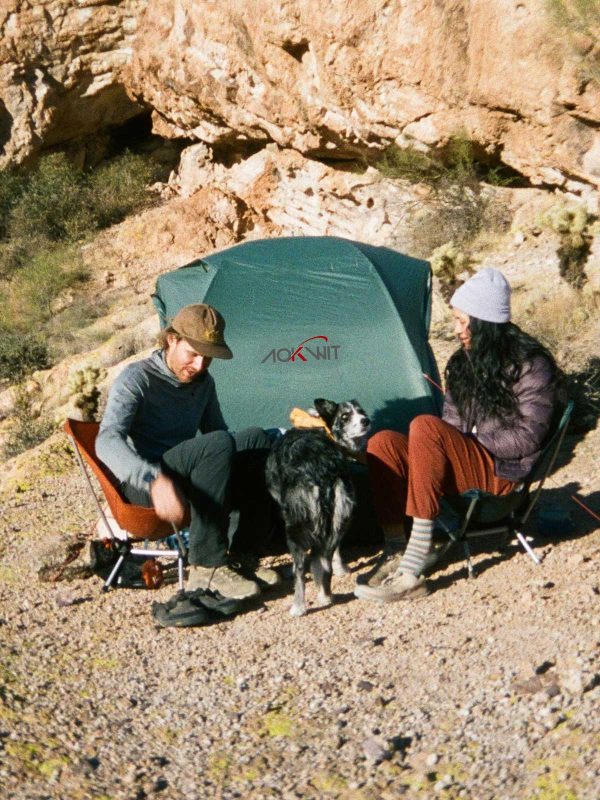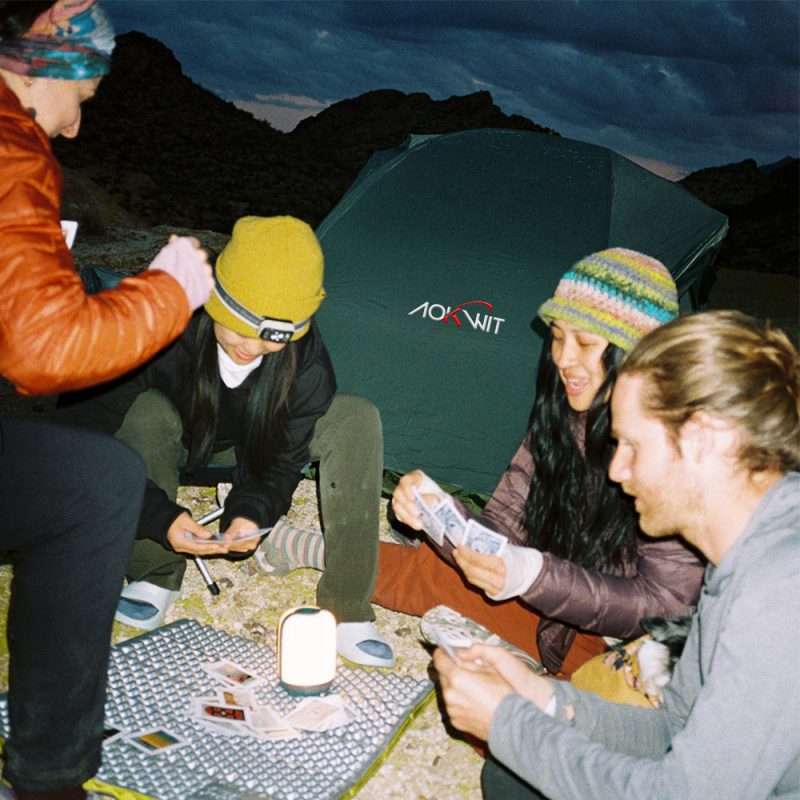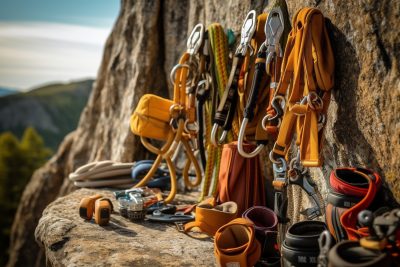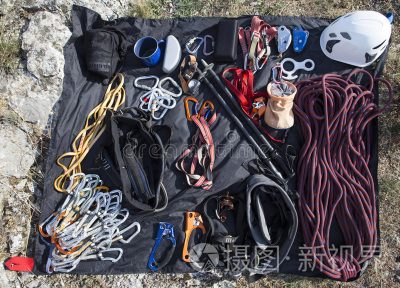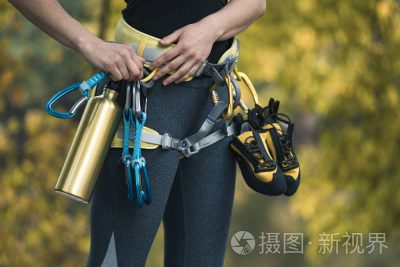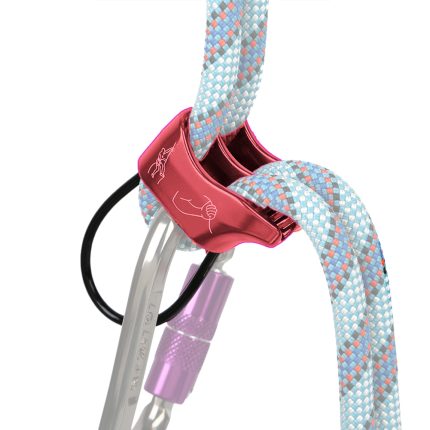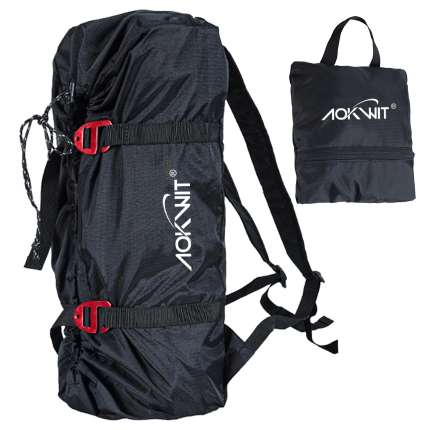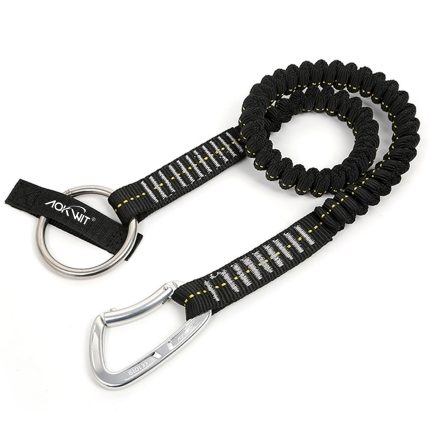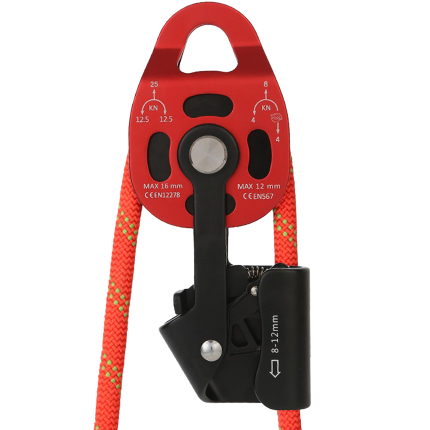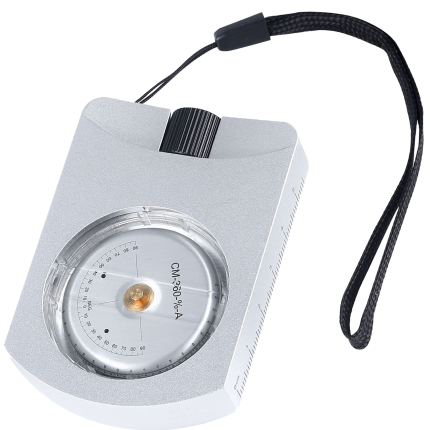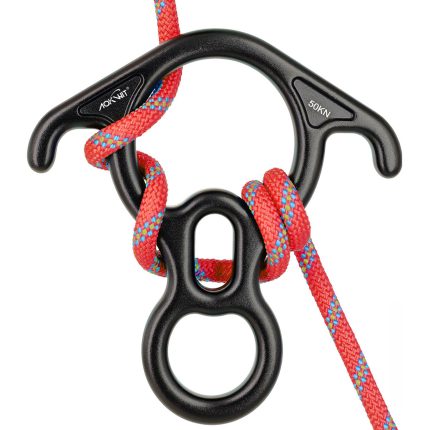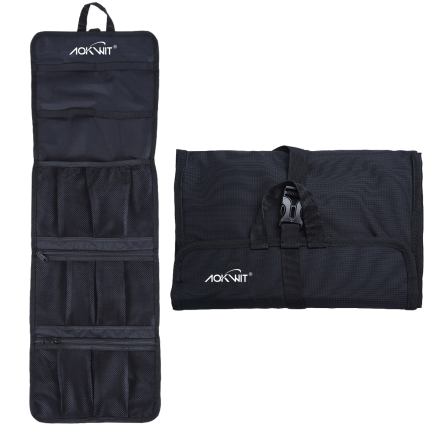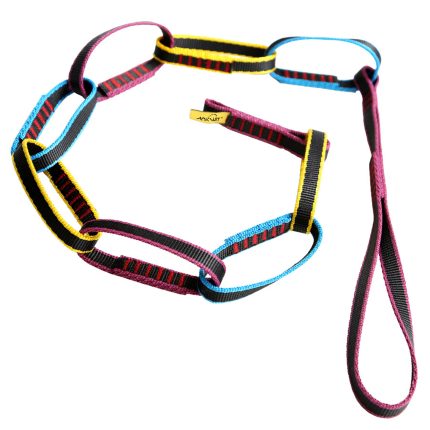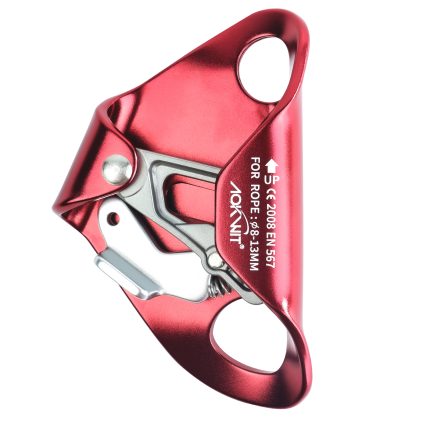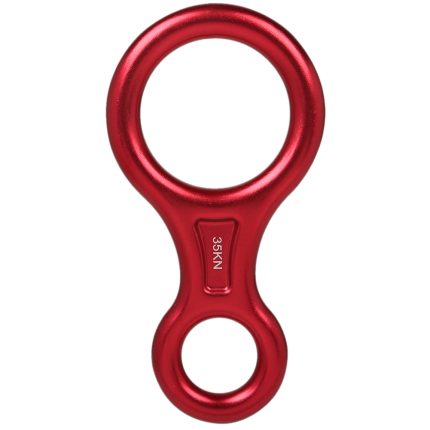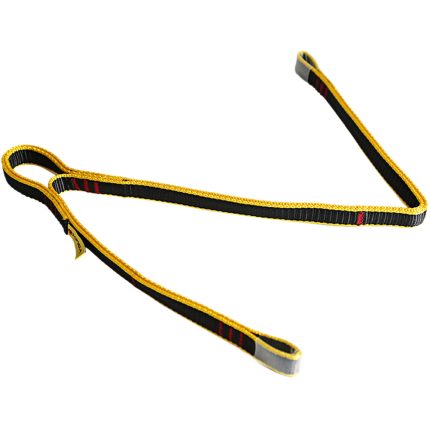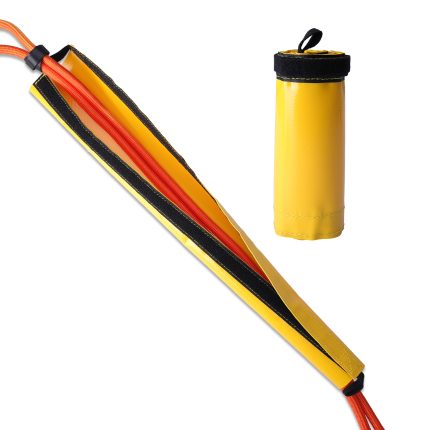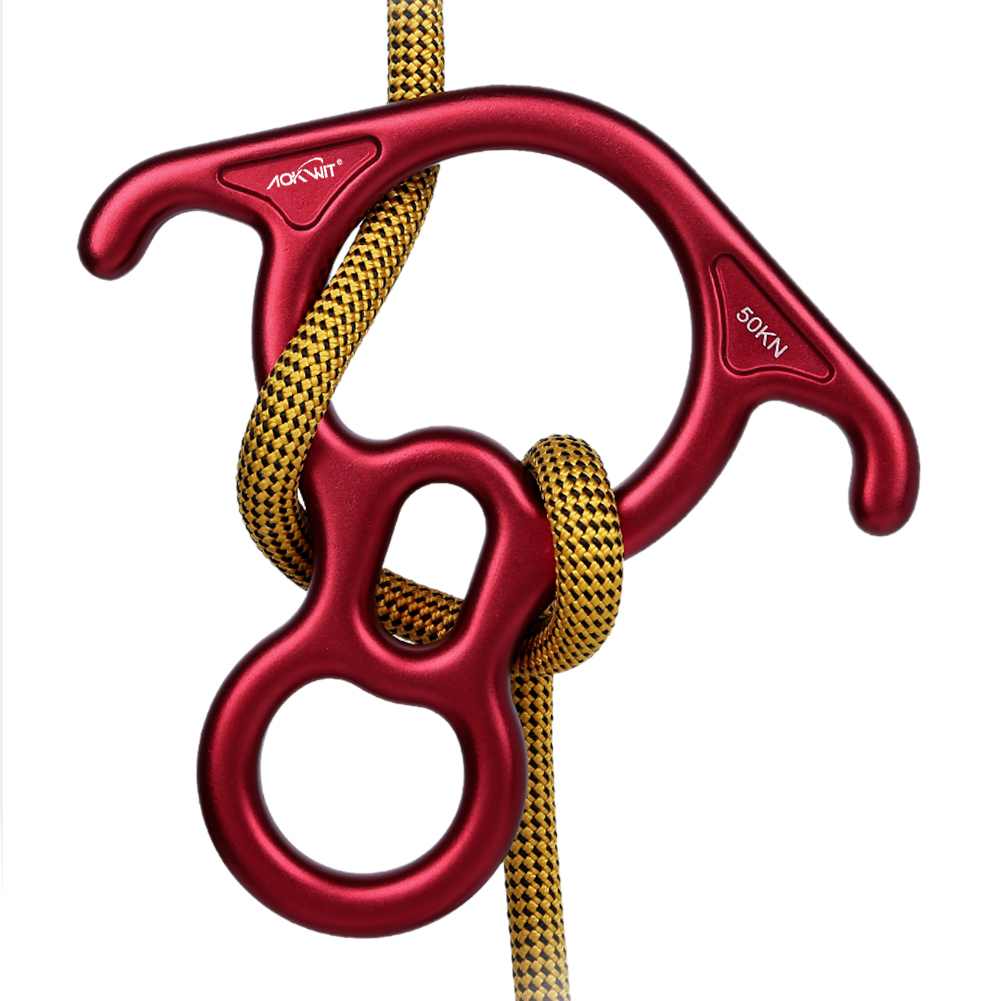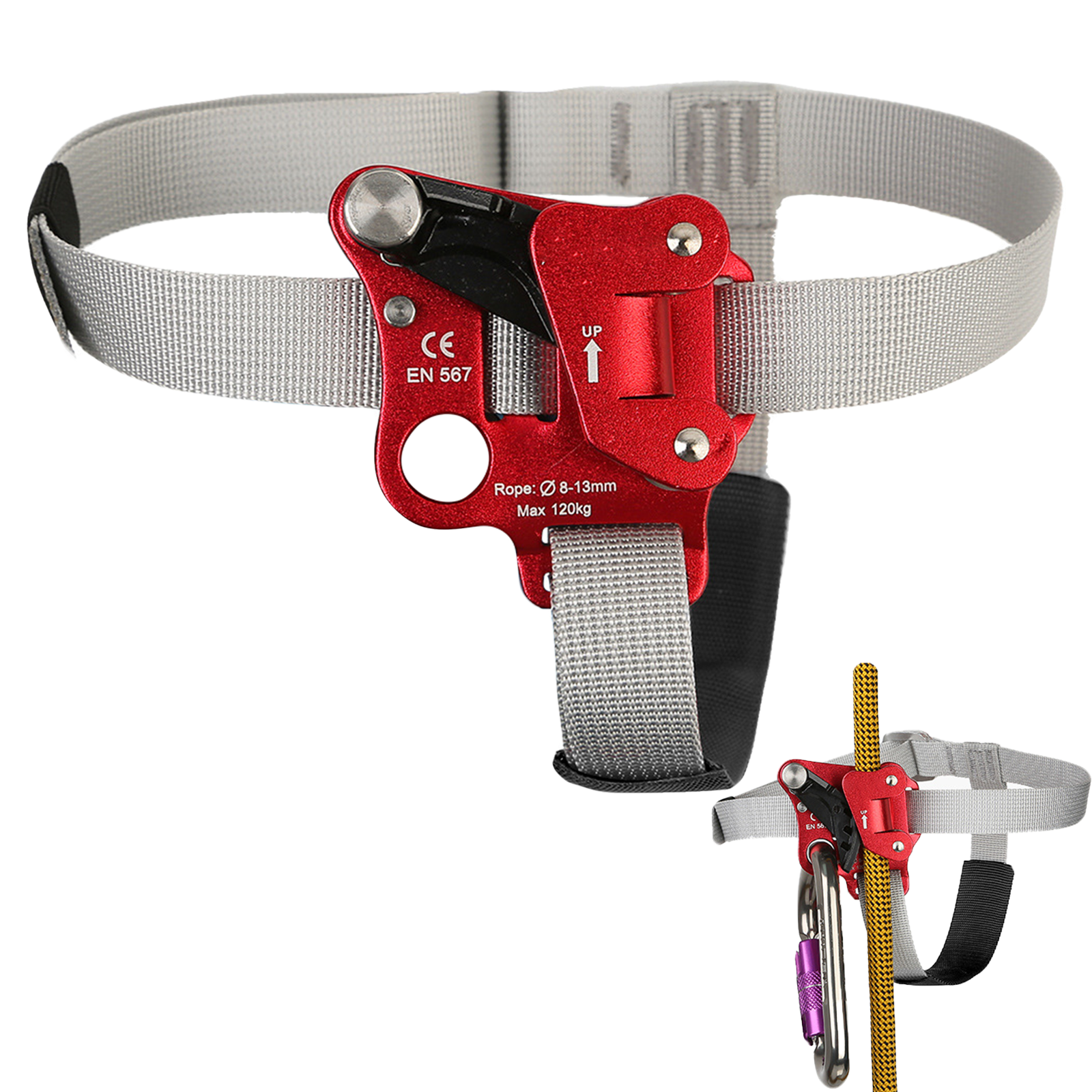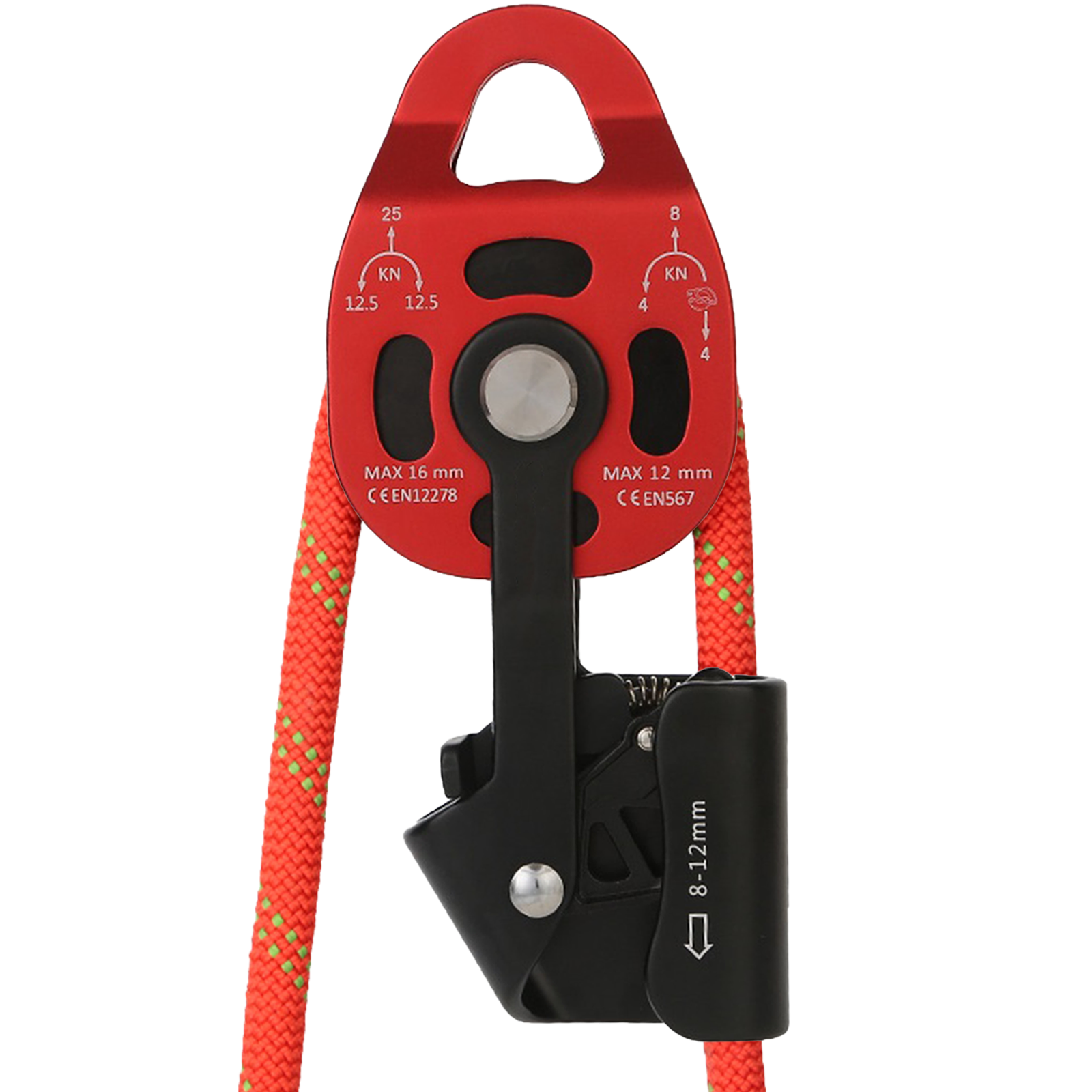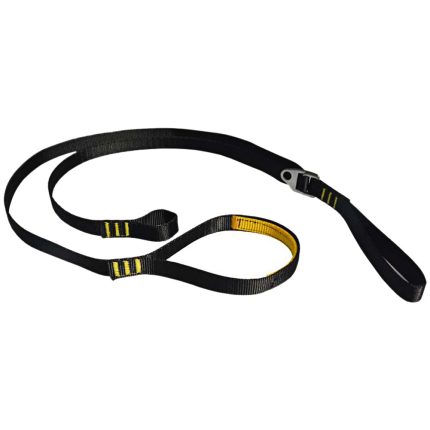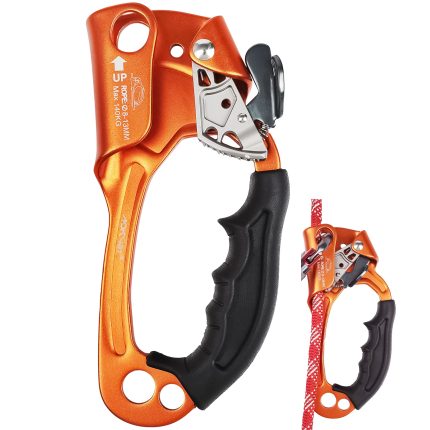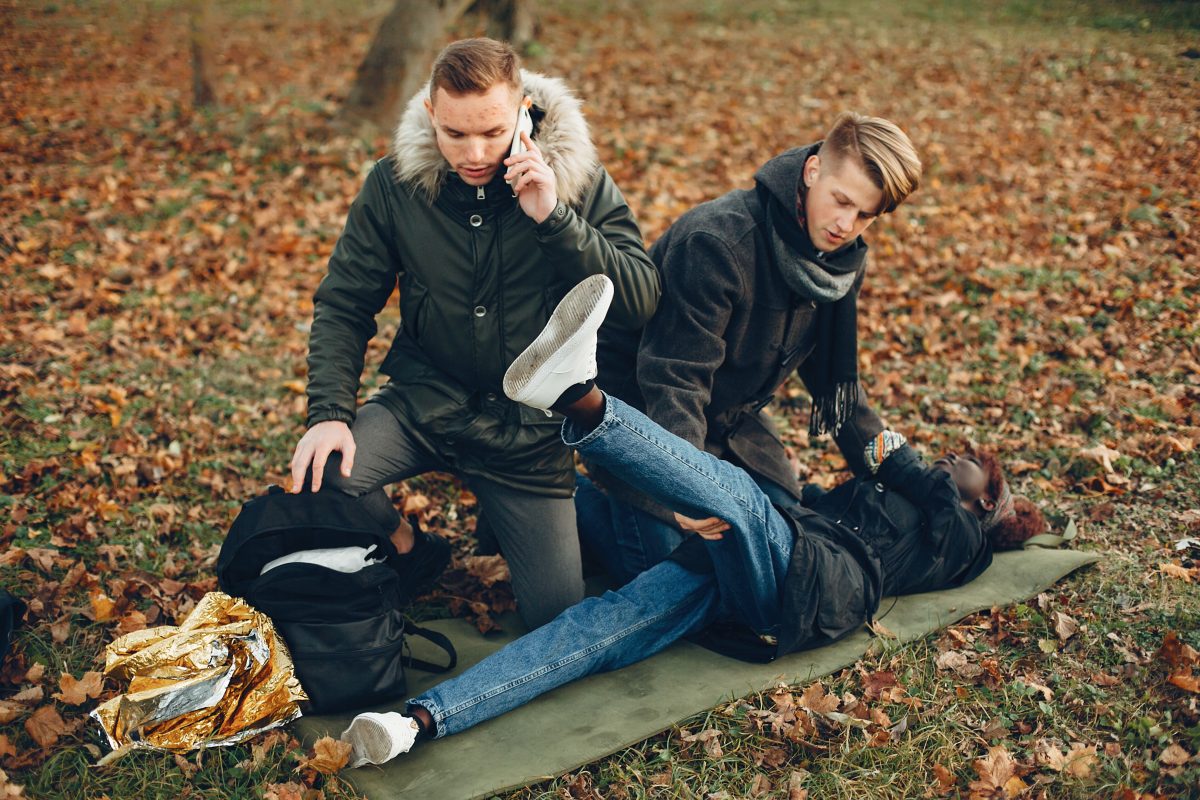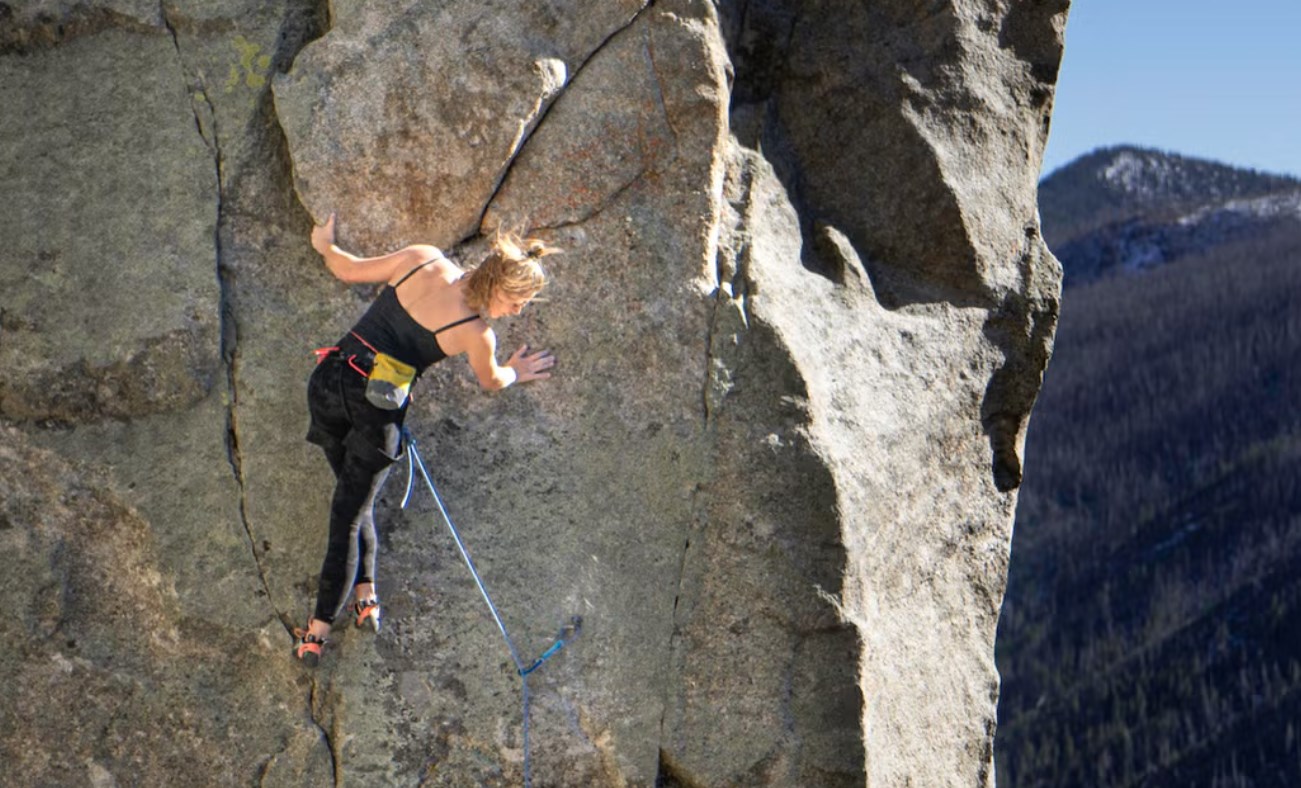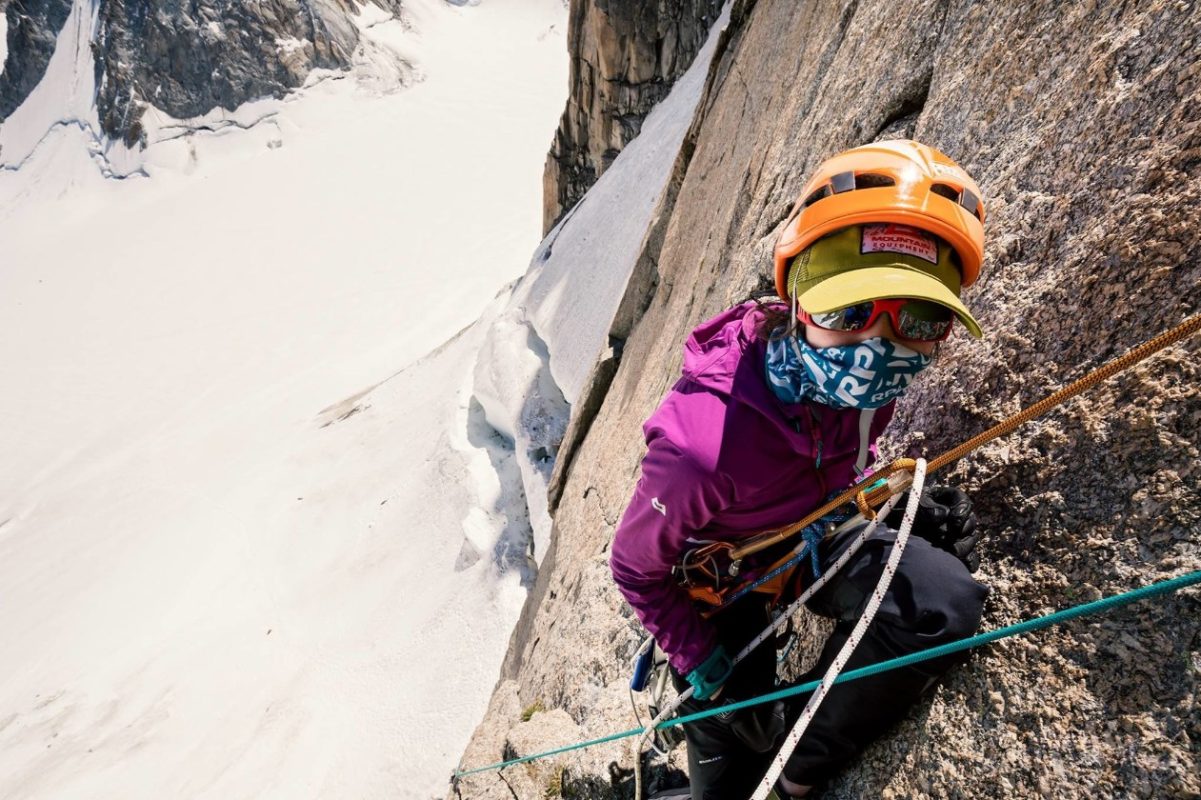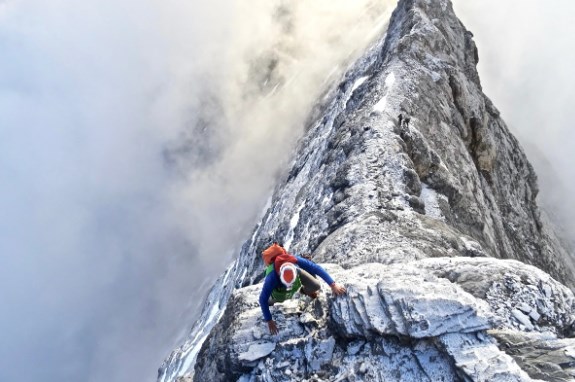The 50 Most Common Climbing Mistakes (Bouldering, Ice Climbing, Mountaineering)

IV. Common Bouldering Mistakes
33.Lazy Belaying
Texting while driving is wrong. Similarly, it’s incorrect to drink water, play on your phone, or stare at others while belaying.
Please focus 100% on belaying your bouldering partner.
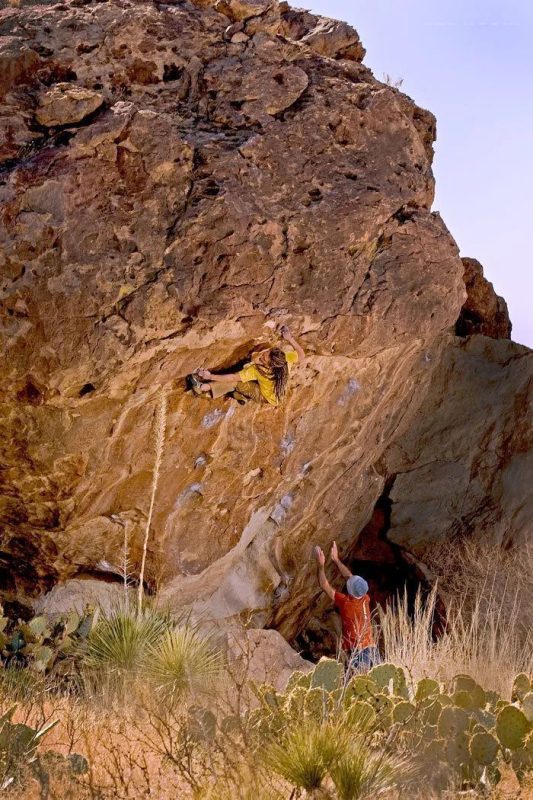
34.Forgetting to Plan the Descent
You might struggle for a long time, finally pull yourself up to the top of a highball boulder problem, and then realize you don’t know how to get down.
Or maybe the route you just climbed was the easiest on the boulder, and now you have to downclimb.
In short, it’s crucial to figure out the descent before starting.
35.Climbing with Dirty Soles
Dust won’t help your footwork and may even wear down the footholds.
So before starting, make sure your soles are clean and begin from a bouldering pad or another nearby rock.
36.Leaving Chalk Marks on Routes
Many boulderers like to mark hand and footholds with chalk, sometimes creating long and unsightly lines.
It’s fine to use these marks to help you work on a route, but remember to brush off the chalk graffiti before leaving.
V. Common Ice Climbing Mistakes
37.Taking a Lead Fall
Lead falls are part of rock climbing, but on ice, they are a dangerous mistake. The tips of your crampons might stab your knees during a fall, or your ice axe could pierce your thigh.
Before attempting lead ice climbing, thoroughly learn how to place protection, conserve energy, and safely retreat when a route exceeds your ability. Remember: no lead falls in ice climbing.
38.Belaying Directly Below the Climbing Route
Lead climbers frequently knock down ice chunks of varying sizes, sometimes like an ice shower. These ice falls are often unpredictable, especially when climbing on sunny, south-facing slopes.
Besides wearing a helmet, stand beside the route or under an overhang whenever possible while belaying.
39.Melting Anchors
If you set up a top-rope anchor with ice screws (at least three), regularly check for signs of melting, especially on sunny days.
A tip: after placing the ice screws, cover them with a layer of snow to insulate and slow melting.
40.Climbing on Unformed Icefalls
You might be eager for the first ascent of the season, but climbing on unformed icefalls is extremely dangerous.
If the entire ice pillar collapses, others will have to wait a long time for it to reform.
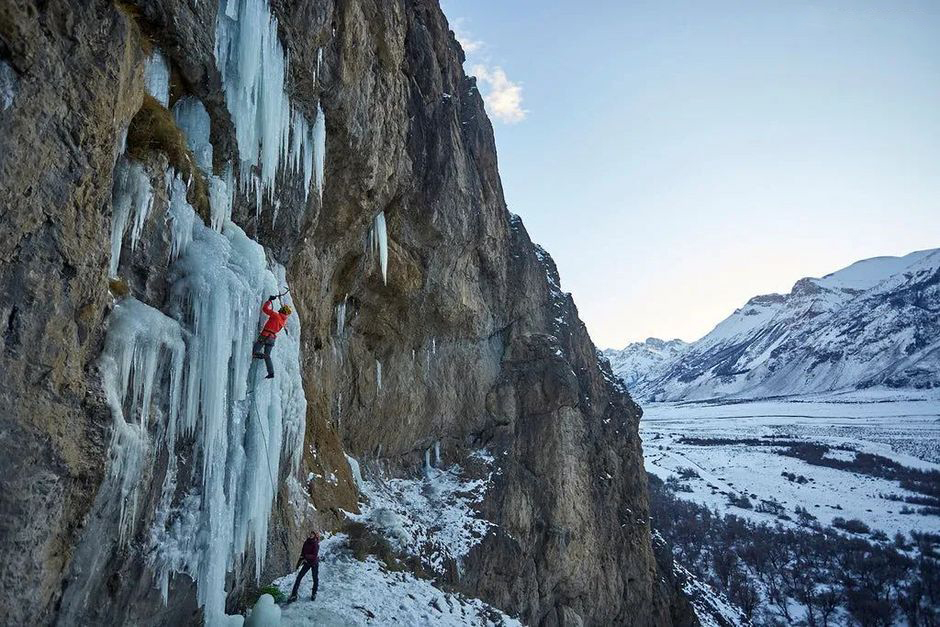
41.Placing Ice Screws Above Head Height
It’s fine to place ice screws as high as possible from a stable platform. But when lead climbing a steep section, place screws only at chest height.
This is the most energy-efficient and safest position.
42.Not Wearing Protective Eyewear
A single flying ice chip can blind you for a day. Always wear sunglasses, ski goggles, or even a mask with eye holes.
43.Ignoring Potential Avalanche Risks
Icefalls often form in mountain gullies—areas prone to avalanches. Approach and descent routes may also pass through avalanche-prone zones.
Learning avalanche safety, checking the weather, and consulting local climbers will help you return safely.
Additional Tip for Ice Climbers:
Maintain your ice axes and crampons after each climb. Always dry them to prevent rust on the sharp edges.
If possible, apply a protective oil to keep them sharp for years.
VI. Common Mountaineering Mistakes
44.Neglecting Altitude Acclimatization
High altitude doesn’t care how fit you are—even if you can run a marathon easily. Your body needs time to adjust to low-pressure, oxygen-poor environments.
Follow the “climb high, sleep low” principle in the first few days. Monitor early signs of altitude sickness, such as headaches, nausea, or loss of appetite.
If you feel unwell, stay at your current altitude until symptoms improve. If they worsen, descend immediately.
45.Crossing Glaciers Unroped
Even if a glacier looks smooth or you’re following previous tracks, always rope up. Snow bridges can collapse without warning.
Additionally, ensure you know glacier rescue techniques to recover yourself or a partner if someone falls into a crevasse.
46.Roped Up on Steep Hard Snow Without Protection
Roping up on steep snow slopes is usually wise, but if your team lacks snow protection gear and the snow is too hard to self-arrest, roping up can increase risks.
The rope might feel safe, but you’re better off solo climbing.
The 1981 Gongga Mountain disaster involving a Japanese team occurred when one climber’s fall pulled seven others down the mountain.

47.Unprepared for Whiteout Conditions
Mountain weather is unpredictable. When a whiteout hits, clear routes become disorienting.
Be fully prepared with a plan for zero visibility, such as carrying GPS navigation and leaving warning markers (e.g., sticks) along the way.
48.Dehydration
In cold weather on large mountains, your body may feel sluggish, making it hard to notice thirst.
Drink regularly during the climb to maintain optimal performance and altitude acclimatization, even if you don’t feel thirsty.
49.No Spare Sunglasses
Snow blindness is temporary but can leave you “paralyzed” in the mountains—and it’s painful.
50.Neglecting Sunscreen on Nose and Chin
You might apply sunscreen thoroughly, but forget that snow and ice reflect sunlight from below. Always use 360° protection.
Another Tip:
Carry navigation devices and know how to use them. Mountain emergencies often occur in unplanned areas, where rescue or descent is more complicated than planned.
